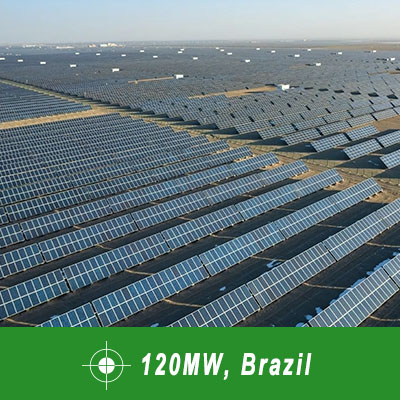polycrystalline silicon solar panels are a common type of
Solar Panel whose main function is to convert sunlight into electricity. The following are the main functions of polycrystalline silicon
Solar Panels:
Photoelectric conversion: Polycrystalline silicon solar panels are made of polycrystalline silicon material, and their surface is covered with multiple silicon crystals, which can absorb photons in sunlight. When the photons are absorbed, they release electrons from the silicon crystal, creating an electric current. This process, called photoelectric conversion, converts the energy of sunlight into electricity.
Power generation: The current and voltage generated by polycrystalline silicon solar panels through photoelectric conversion can be used for power generation. Multiple solar panels are combined into a solar module, and a solar array can be formed when used on a large scale. These battery modules and arrays can absorb large amounts of sunlight and convert it into electricity to supply the grid or be used to power equipment.
Renewable energy: Solar panels use sunlight to generate electricity and are therefore renewable energy. Sunlight is free, widely distributed, and not exhausted, so the use of solar panels helps reduce dependence on traditional energy sources, lowers carbon emissions, and is environmentally friendly.
Noiseless: Solar panels have no mechanical moving parts, so there is no noise during the power generation process. This makes them ideal for use in residential areas, schools, and other places where a quiet environment is required.







